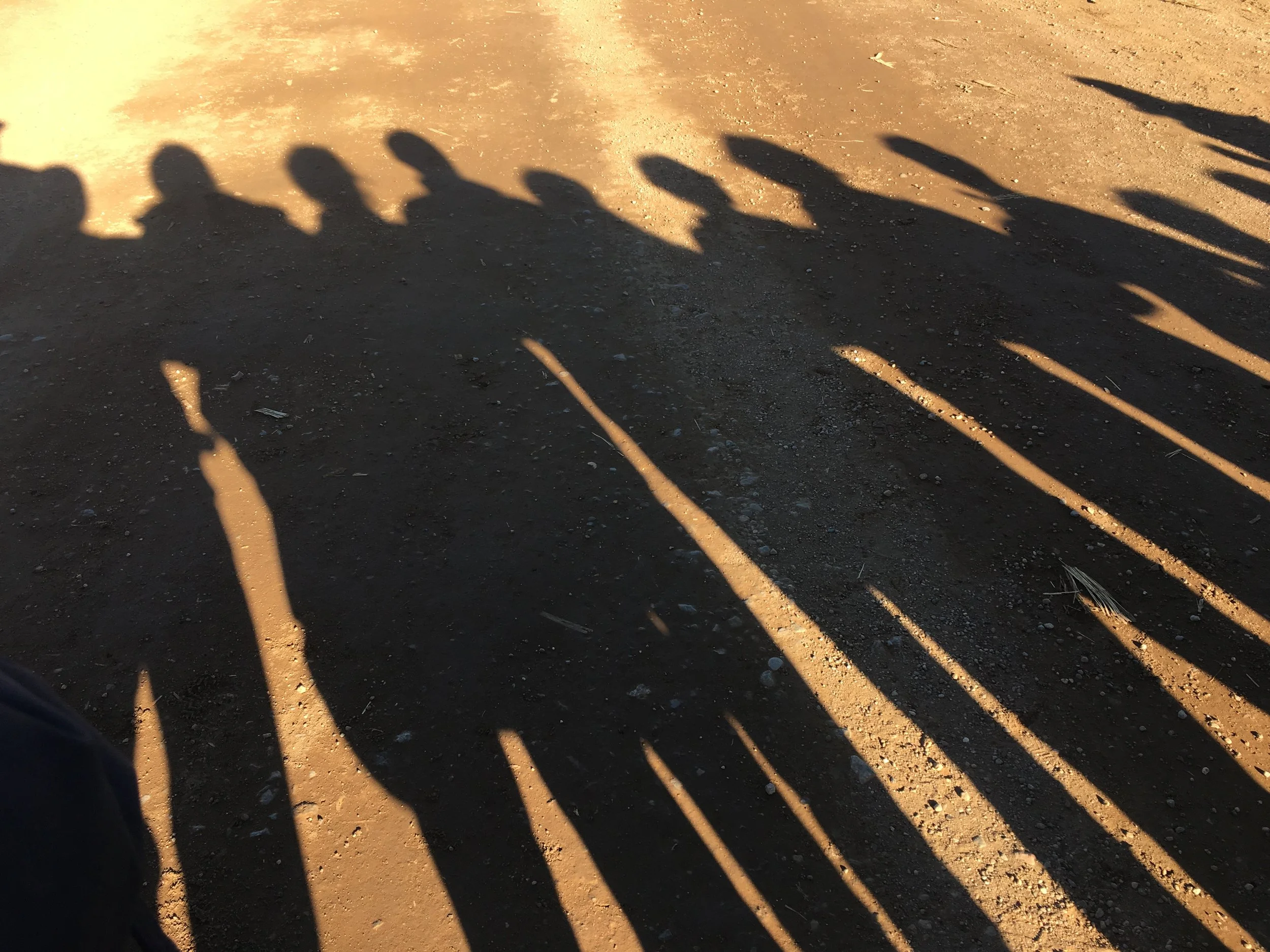SPS home to fifth-worst racial achievement gap in the U.S. -- after eliminating equity and race relations dept. in 2008
/Seattle Public Schools boasts the fifth-worst achievement gap between white and black students in the nation. Progressive Seattle trails only Washington D.C., Atlanta, Charleston and Oakland when it comes to racial inequity in education.
What’s worse, in as much as that’s possible, is that the first (and last) director of equity and race relations saw her position eliminated along with the entire department in 2008. She now says the district knew plainly about the gap 10 years ago and actively denied and suppressed knowledge and conversation around the issue.
Seattle Times columnist Gene Balk has written a straightforward, jarring account of a school system operating with deeply embedded structural racism. It is the kind of writing that should shake people awake, the kind you hope will spur action, because the inequity is so plainly laid out that it can’t be missed or misunderstood.
The nation’s big-city school districts that rank alongside Seattle for the widest white-black academic gaps — Washington, D.C.; Atlanta; Charleston, S.C.; and Oakland, Calif. — all have high levels of segregation. This tends to concentrate kids with social and economic disadvantages in certain schools, which compounds the obstacles to achievement they face.
Seattle schools, too, have become increasingly segregated. In 29 of the city’s 98 public schools, at least 80 percent of students are black, Latino, Asian American or Native American.
But segregation alone might not explain Seattle’s white-black achievement gap, says Caprice Hollins. She served as the district’s first director of equity and race relations from 2004 to 2008, at which point her department was eliminated — and her job along with it.
“I was hired out of this realization that we needed to pay special attention to our students of color. And we were making inroads,” Hollins said. “Then the department shuts down — the new school board no longer supported it. And it’s not until years later that they’re restarting this work. There is always this restarting of the work, depending on who the leadership is.”
But during her tenure there, she faced strong resistance to her often bold approach. “The real understanding of equity,” she said, “is where we recognize that not everybody starts out on a level playing field.” So Hollins advocated for a redistribution of resources more heavily toward children of color in struggling schools.
“And white parents might start to say ‘what about my kids?’ They’re not recognizing that their kids already have what they need,” she said. “But just having this conversation becomes a very sensitive, political thing.”
When speaking with parents of color, she heard time and again their sense that their children weren’t being treated the same as white kids in the classroom. Hollins instituted mandatory workshops for teachers and administrators that focused on issues of race and equity, and which addressed issues that can make some folks uneasy — concepts like unconscious bias and the existence of white privilege.
Not surprisingly, this stirred up controversy. Some saw Hollins’ approach as political correctness run amok. That overshadowed any success she had — and during her tenure, the racial gap in standardized test scores narrowed modestly.
But complaints about her from white parents mounted, Hollins says. The district shut down her department, which a spokesperson said at the time was not related to the complaints.
Hollins thinks it was.
“They panicked,” she said. “Rather than pushing back and saying, ‘hey, look at our data here, this is why we are doing this,’ instead they said, ‘Caprice, you need to stop.’ ”
Hollins sees Seattle, despite its progressive reputation, as a community that struggles like any other when discussing its institutional racism and why its black children aren’t succeeding.
“People kept saying to me, ‘stop talking about it,’ ” she said. “But we have this achievement gap. How are we going to solve this problem if we can’t talk about it?”
Perhaps, with the release of this glaring new data, we’ll finally find a way.
The district has now reinstated the department, and in fact, Hollins was recently brought back to do professional-development workshops.
You should read the entire thing, and share it with everyone you know with ties to the state of Washington, because while Seattle’s discrepancies are the state’s worst, the city’s brothers and sisters across the state are struggling with similar issues as well.






